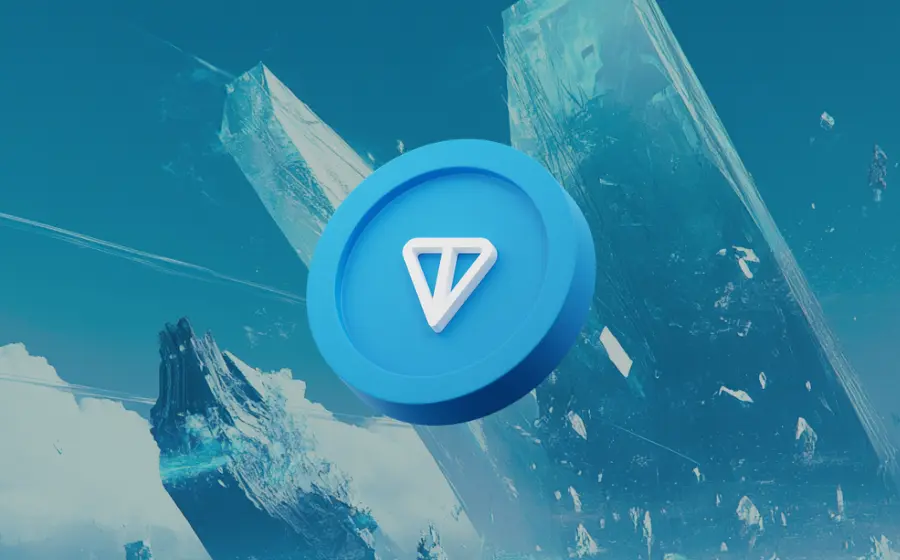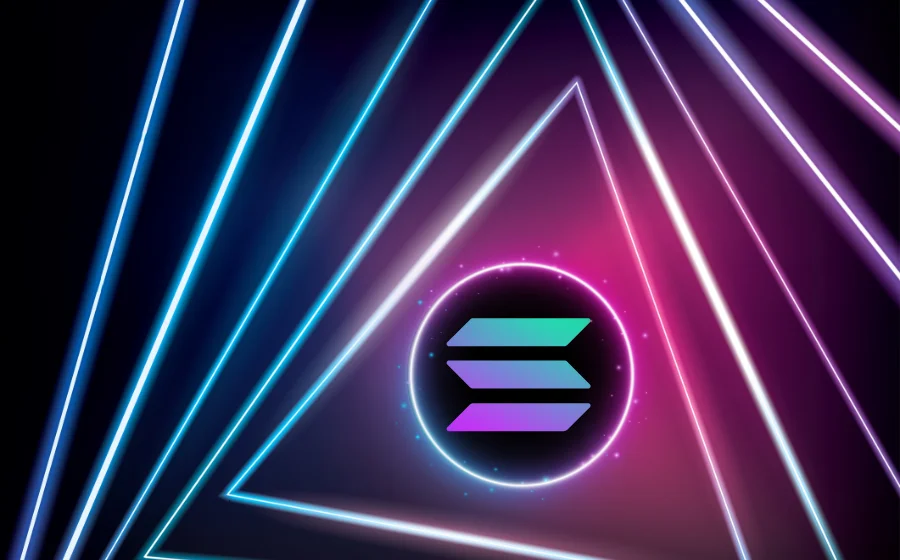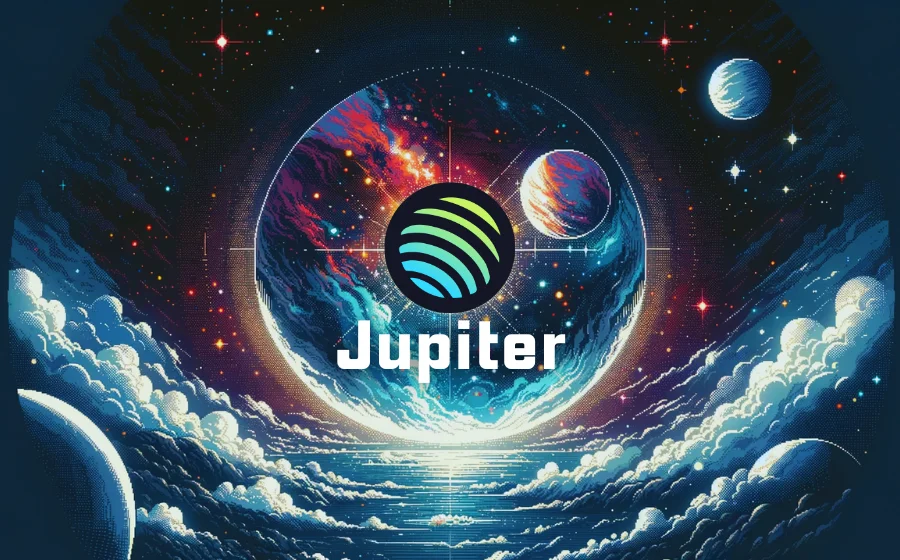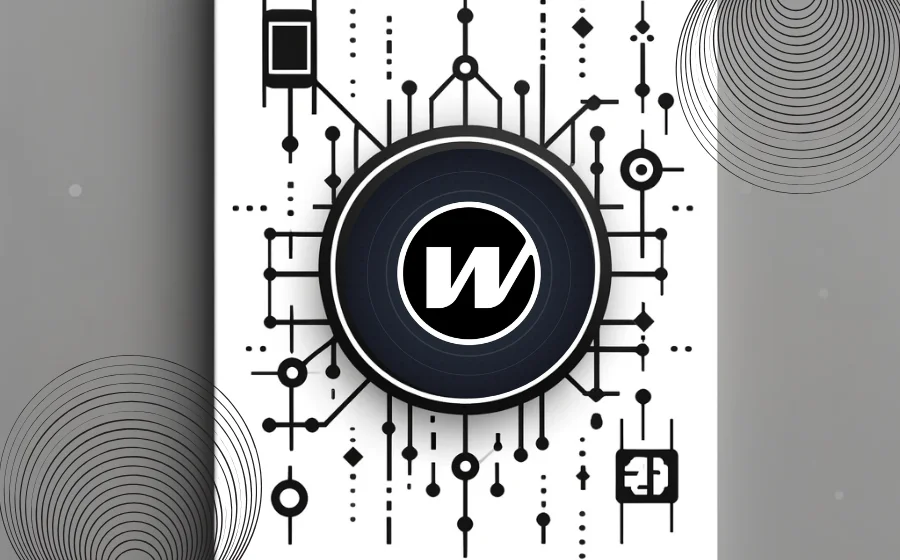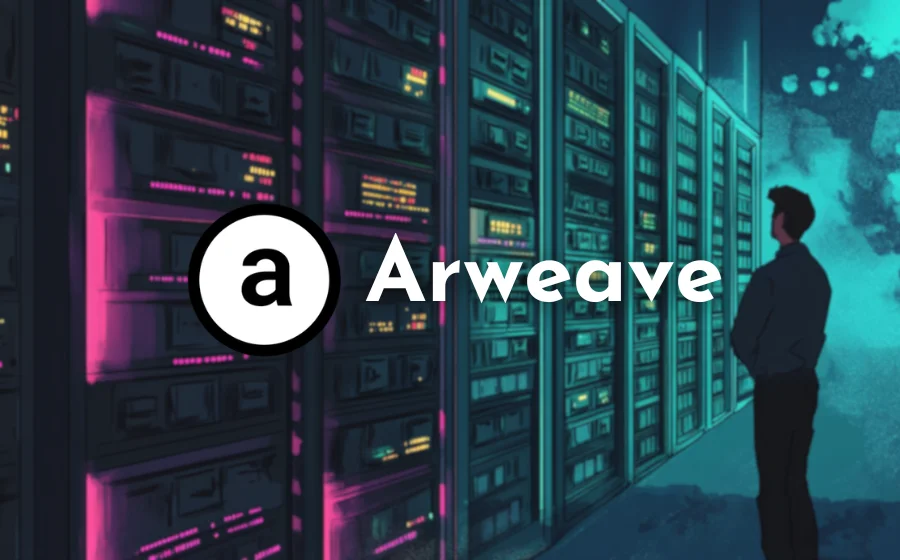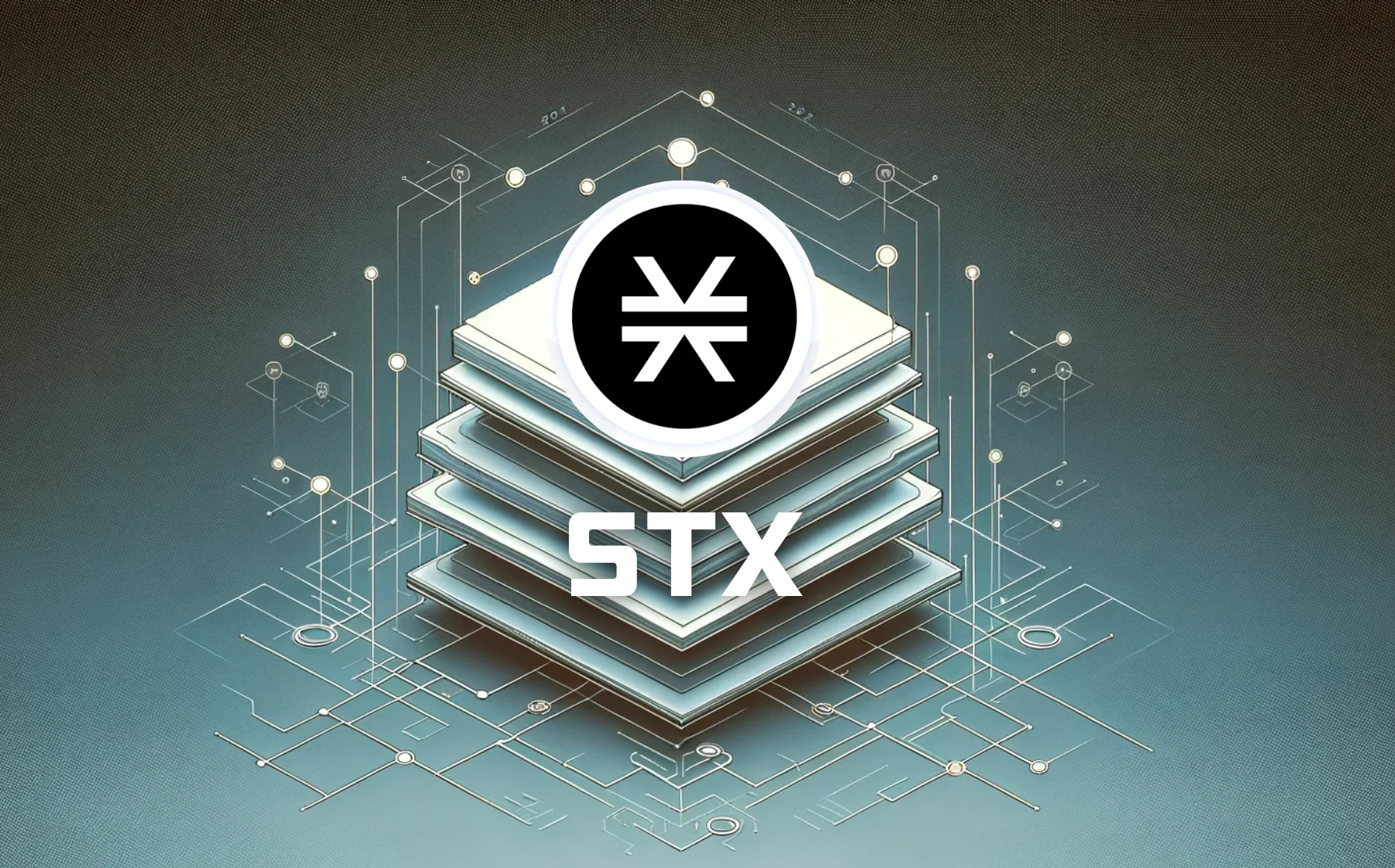
KEYTAKEAWAYS
- Stacks' new version will introduce a decentralized BTC anchoring system for easy BTC transfers.
- The upgrade will use 100% of Bitcoin's hashing power for security and increase block speed.
- Stacks offers a scalable solution for Bitcoin NFTs and aims to unlock $500 billion BTC capital.

CONTENT
Stacks’ new version will feature decentralized BTC anchoring, faster block speed, and enhanced security. It aims to unlock $500 billion BTC capital and boost Bitcoin DeFi and NFT ecosystems.
Stacks is a Bitcoin layer specifically designed for smart contracts and decentralized applications, advancing significant developments in decentralizing trust within blockchain technology. In the current landscape of cryptocurrencies, the vulnerabilities exposed by centralized entities highlight the urgent need to eliminate dependence on centralized intermediaries deemed “trustworthy.”
As a Bitcoin layer, Stacks can be used for smart contracts, allowing decentralized applications to seamlessly utilize Bitcoin as an asset and settle transactions on the Bitcoin blockchain without trust. What makes Stacks unique is its ability to bring smart contracts and decentralized applications into the secure and enduring world of Bitcoin. The goal of the Stacks layer is to promote the growth of the Bitcoin economy by transforming BTC into an active asset and enabling various decentralized applications.
- What is STX Token?
STX is the native cryptocurrency of the Stacks blockchain network, crucial to the ecosystem, driving various functions and incentivizing user participation. STX serves multiple purposes within the Stacks framework:
- Execution of Smart Contracts: STX is used to execute smart contracts, allowing the creation of decentralized applications (dApps) and innovative protocols on the Stacks blockchain.
- Proof of Transfer (PoX) Consensus Mechanism: STX is vital for PoX, a mechanism that allows users to “mine” or verify transactions on the Stacks blockchain by holding and “staking” Bitcoin.
- Creation and Management of Digital Assets: STX is used on the Stacks blockchain to create and manage digital assets, such as usernames, websites, or non-fungible tokens (NFTs).
- Network Governance: STX holders can participate in voting on proposed upgrades and protocol changes.
- Payment of Transaction Fees: STX is used to pay transaction fees on the Stacks blockchain, incentivizing miners to efficiently process transactions and ensuring smooth network operations.
- Stacking Process: STX holders can participate in the stacking process to earn passive income in the form of Bitcoin rewards, encouraging ongoing network participation.
- Advantages of Stacks
While Bitcoin remains a paradigm of decentralization, security, and durability, its inherent slowness and minimalist design intentionally limit its ability to be directly used for complex applications. As a Bitcoin layer, Stacks addresses this issue by extending Bitcoin’s functionality without altering its core structure. This layer enables smart contracts to interact with Bitcoin in a trustless manner, making it a fully programmable asset. This opens up potential applications, such as decentralized Bitcoin-backed lending and stablecoins, channeling potential Bitcoin capital into productive uses, thereby increasing Bitcoin’s overall value and utility.
- Proof of Transfer (PoX) Consensus Mechanism
The Proof of Transfer (PoX) consensus protocol of the Stacks layer draws inspiration from Bitcoin’s Proof of Work (PoW) but stands out with its energy efficiency and unique aspect of PoW energy recycling. PoX provides a sustainable and energy-efficient solution closely related to decentralized anchoring, forming a key component of the Stacks layer.
In this way, Stacks not only enhances Bitcoin’s functionality but also plays a vital role in the development and application of decentralized applications, driving the continuous growth of the entire Bitcoin economy.
>>> More to read: What is Bitcoin?
HOW STACKS (STX) WORKS
Stacks utilizes various protocols and standards to achieve a decentralized Web 3.0, emphasizing security and interoperability. STX establishes a reliable decentralized system through its blockchain network and the Clarity smart contract language, providing an environment where various applications and developers can create and run decentralized applications (DApps).
- Stacks Blockchain
Stacks operates on the Stacks blockchain, which is composed of a secondary chain connected to the Bitcoin (BTC) blockchain. The Stacks blockchain creates new blocks, records transactions on-chain, and leverages decentralized computational resources to support the execution of smart contracts.
- Stacks Consensus Mechanism – Proof of Transfer (PoX)
Stacks uses the Proof of Transfer (PoX) consensus algorithm to achieve network consensus. PoX is a novel method where new block creators are compensated by transferring Bitcoin to the Stacks blockchain. This mechanism allows the Stacks network to maintain a secure and decentralized economic system.
Proof of Transfer (PoX) requires users to provide Stacks tokens while transferring tokens to other chains. This enables Stacks token holders to transfer their tokens to other chains, contributing to the security and network activity of those chains. Users can earn rewards by transferring Stacks tokens to other chains and enhancing their security and activity.
- Clarity Smart Contract Execution
The Stacks platform uses Clarity as its programming language, making smart contracts more secure and auditable. Clarity smart contracts operate on the Stacks blockchain and are programmed to execute automatically when specific conditions are met.
Stacks introduced a new smart contract programming language called “Clarity.” Designed with a clear syntax, Clarity is secure and easy to construct. This smart contract-centric programming language is also used by the Algorand (ALGO) blockchain.
- Decentralized Application (DApp) Development
The Stacks network supports the development and execution of decentralized applications. DApp developers can use Stacks tokens to build and run applications on the network.
By leveraging these components, Stacks extends the functionality of Bitcoin, enabling the creation of secure, decentralized applications while maintaining the robust and decentralized nature of the Bitcoin blockchain.
FUTURE OUTLOOK FOR STACKS (STX)
Stacks‘ founder Muneeb mentioned on Twitter that the upcoming version of Stacks, scheduled for release this year, will introduce a decentralized BTC anchoring system. This system will facilitate easy transfer of BTC into and out of the Stacks L2. Additionally, the new version will include security upgrades where 100% of Bitcoin’s hashing power will determine finality. Furthermore, the block speed will be increased, eliminating the limitation imposed by Bitcoin’s block time.
Muneeb also noted that the recently market-popular Bitcoin NFT protocol, Ordinals, is actually complementary to Stacks. Given the limited scalability of L1, Stacks offers a clear path for expansion. Wallets like Xverse and Hiro Wallet currently support Ordinals.
The work on decentralized BTC anchoring is actively being developed by open-source contributors. The goal is to unlock $500 billion worth of BTC capital. Just as Ordinals has contributed to Bitcoin NFTs, sBTC could bring significant changes to Bitcoin DeFi.
FAQ
- What is Stacks (STX)?
The Bitcoin Layer 2 network, Stacks, launched in 2021, is one of the solutions for Bitcoin and is also the first blockchain project to meet SEC regulatory standards.
▶ Buy Crypto at Bitget
ꚰ CoinRank x Bitget – Sign up & Trade to get $20!

